Almost as old as the oldest civilisation is the myth of the flood. The story of a few who survive the waters through divine intervention, and the help of a boat… but the flood we face is not a myth, and we have no one to save us but ourselves….
…the opening line of this spectacular performance event held on the beach at Cemaes close to the Time and Tide Bell with the extensive sands and the sea as a backdrop. Cemaes likes boats and the rise and fall of the sea is the daily experience for many – the work could have been written for us. Entertaining, moving and provocative in equal measure, the event was created to jolt locals and holiday makers alike out of their complacency with a profound reflection on the future.
Sunday 24th July 2022 was stormy, following a day of indoor workshops on a showery Saturday. The lovely group of young performers set up the scaffold construction on the wet sand as the tide receded and we all stared at the sky. An ad hoc performance in the drizzle ahead of the main event attracted some curiosity. Who are these guys? But by 3pm the tide turned, the sun came out and the crowds assembled. In the background of some of the photos you can just see the sandstorms blowing across the very exposed beach – it was indeed blowing a gale. Highly experienced performers they didn’t flinch and carried it all off perfectly, together with an interlude from the doughty band of kids showing off their movement techniques. They absolutely loved being part of it.
The powerful soundtrack of spoken word and music was an essential part of this moving theatrical event, created to highlight the growing and now inevitable threat to coastal communities from climate change. Passionate about a call to action the visiting group brought in local climate change experts Robin Grove-White and Frankie Hobro from Anglesey Sea Zoo to stimulate discussion amongst the audience.
Take away points: Personal action to reduce one’s individual carbon footprint does help for starters but collective initiatives and lending our voices to campaigning groups are vital both for morale and for influencing political decisions. If there was any hopeful message from that call to action it was the transition to renewable energy in which Anglesey is at the forefront. Right behind the beach at Cemaes is one of Wales’s first wind farms, over twenty-five years old now and there are many new wind, solar and tidal renewable schemes either built or in the pipeline. Clearly the way to go – ‘we have no one to save us but ourselves’.
Photo credits: Gareth Jones, Helen Grove-White
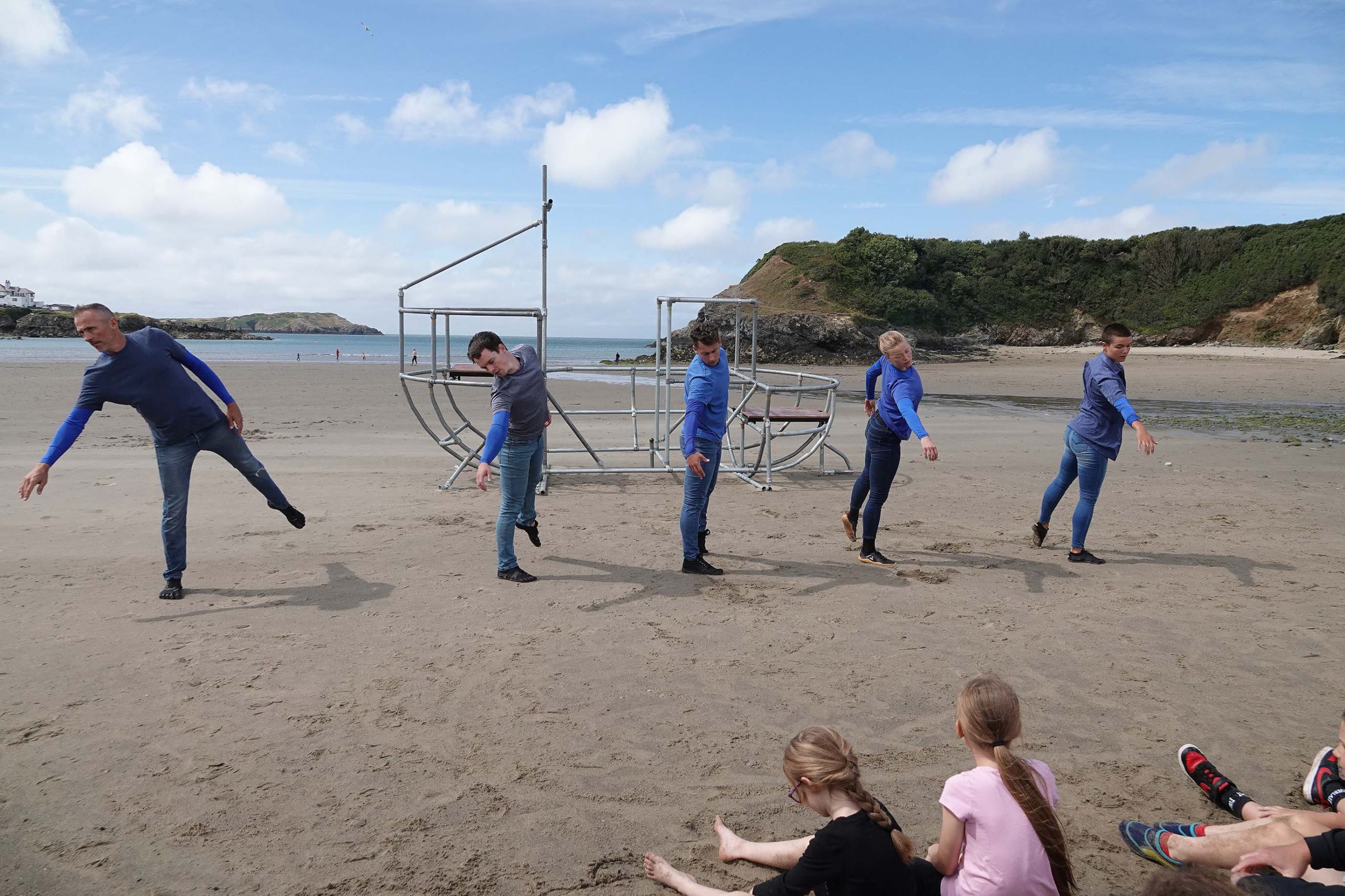
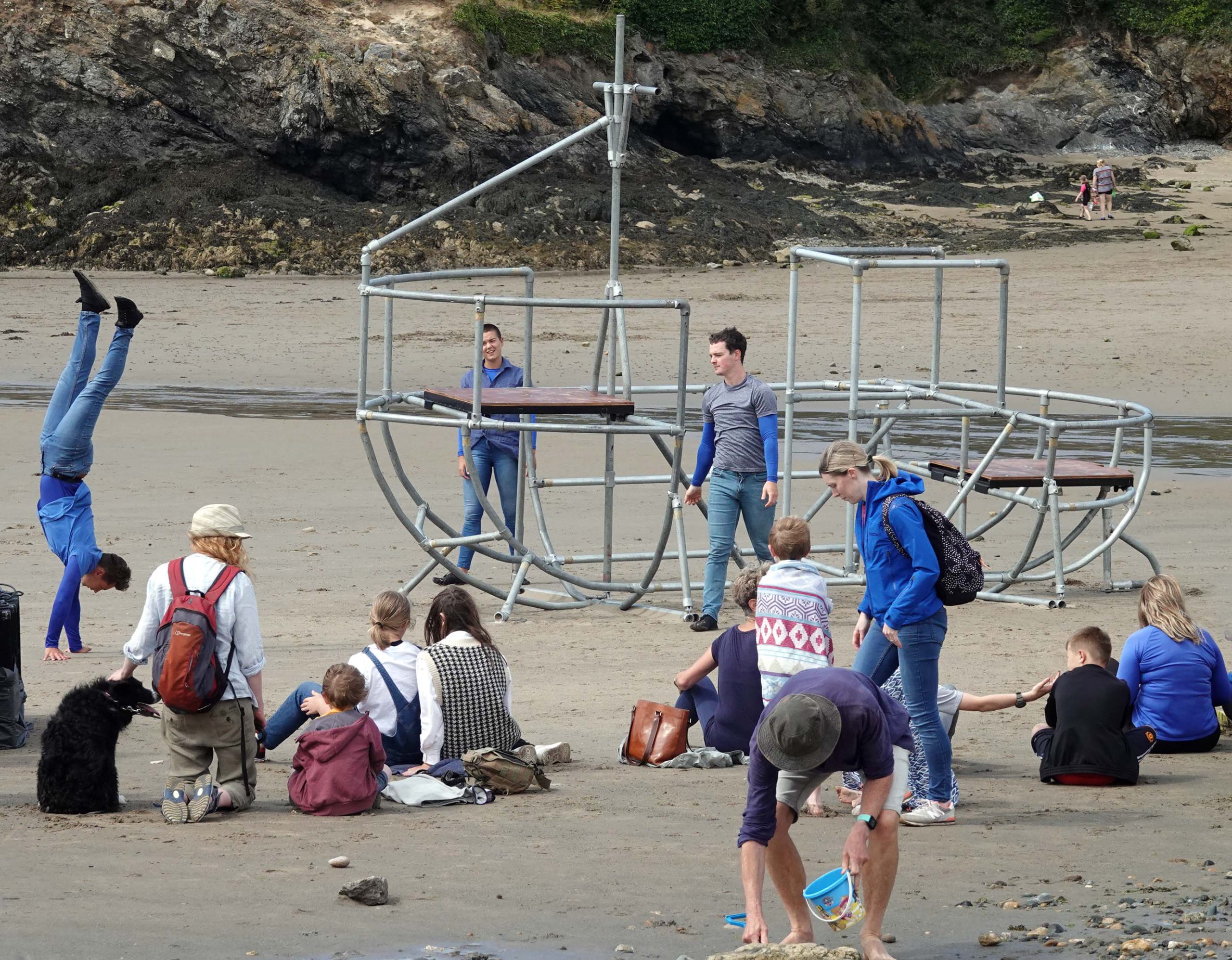
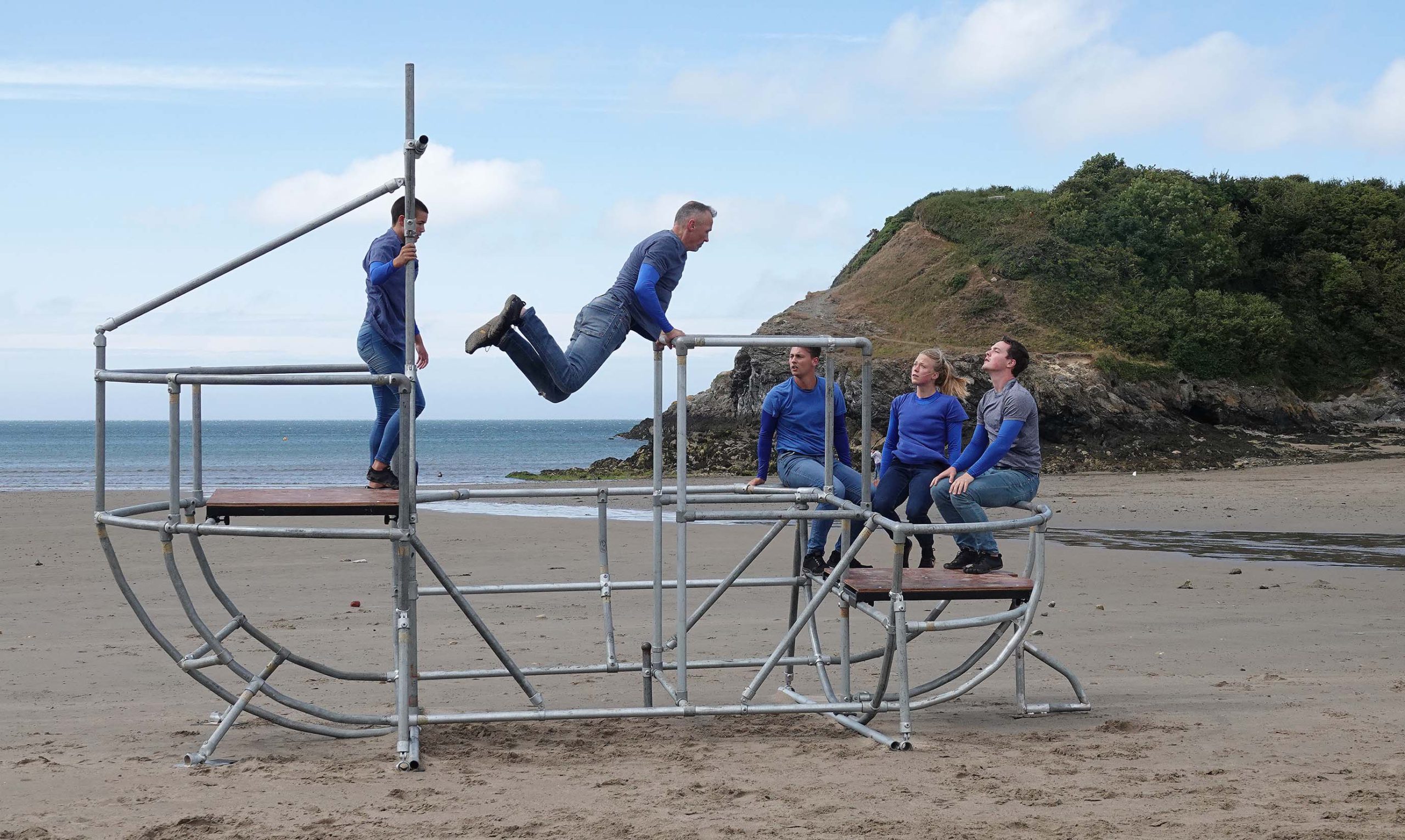
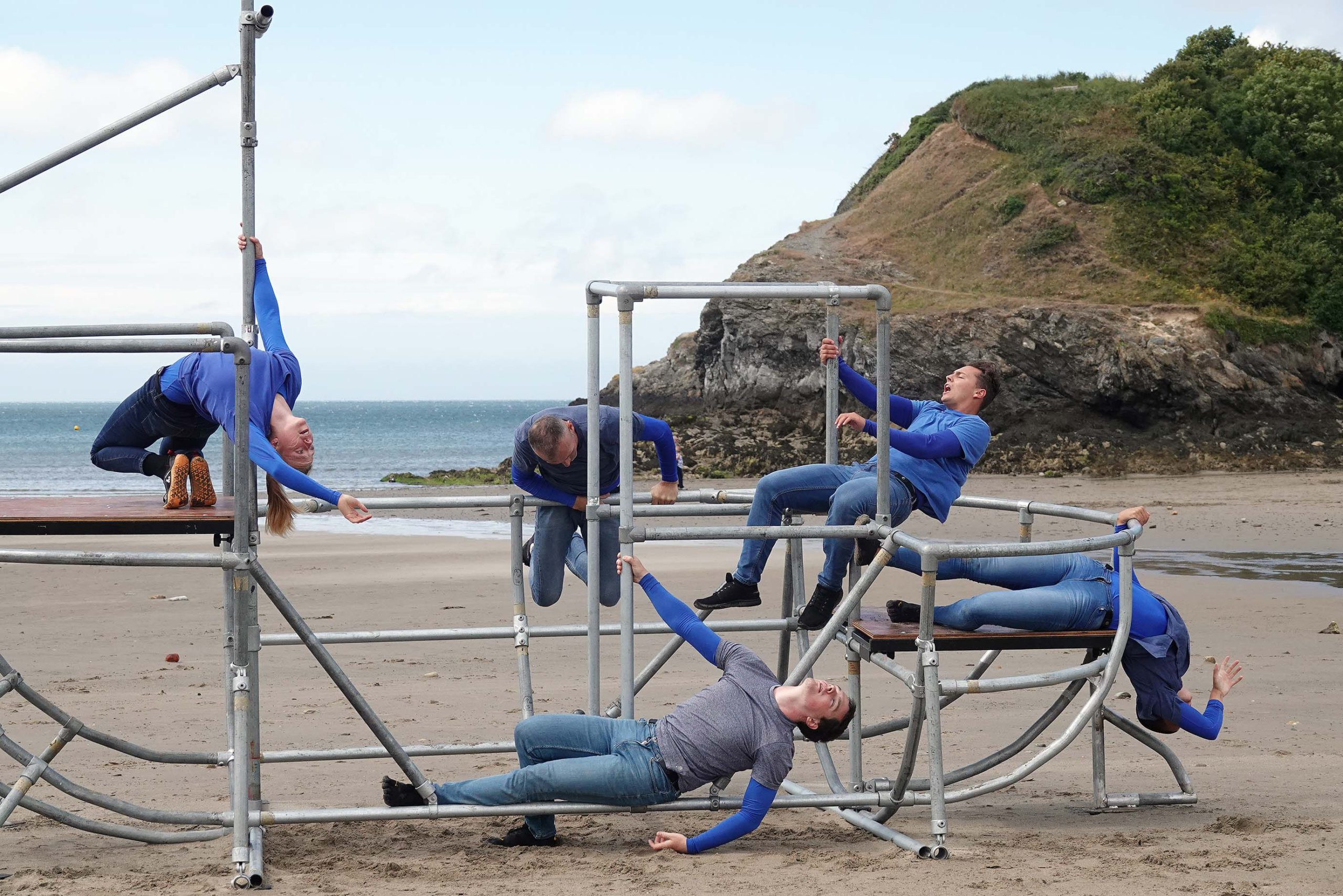
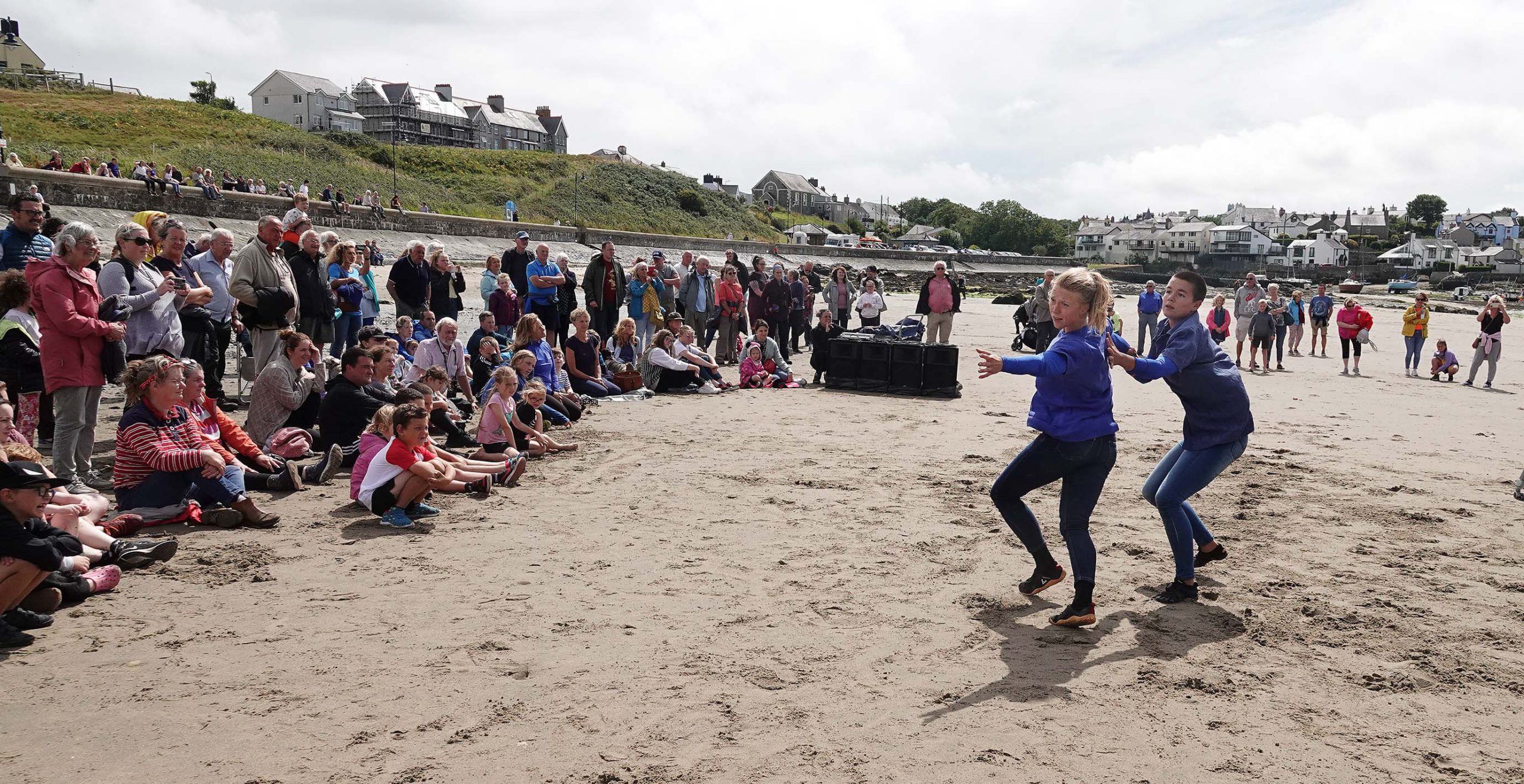
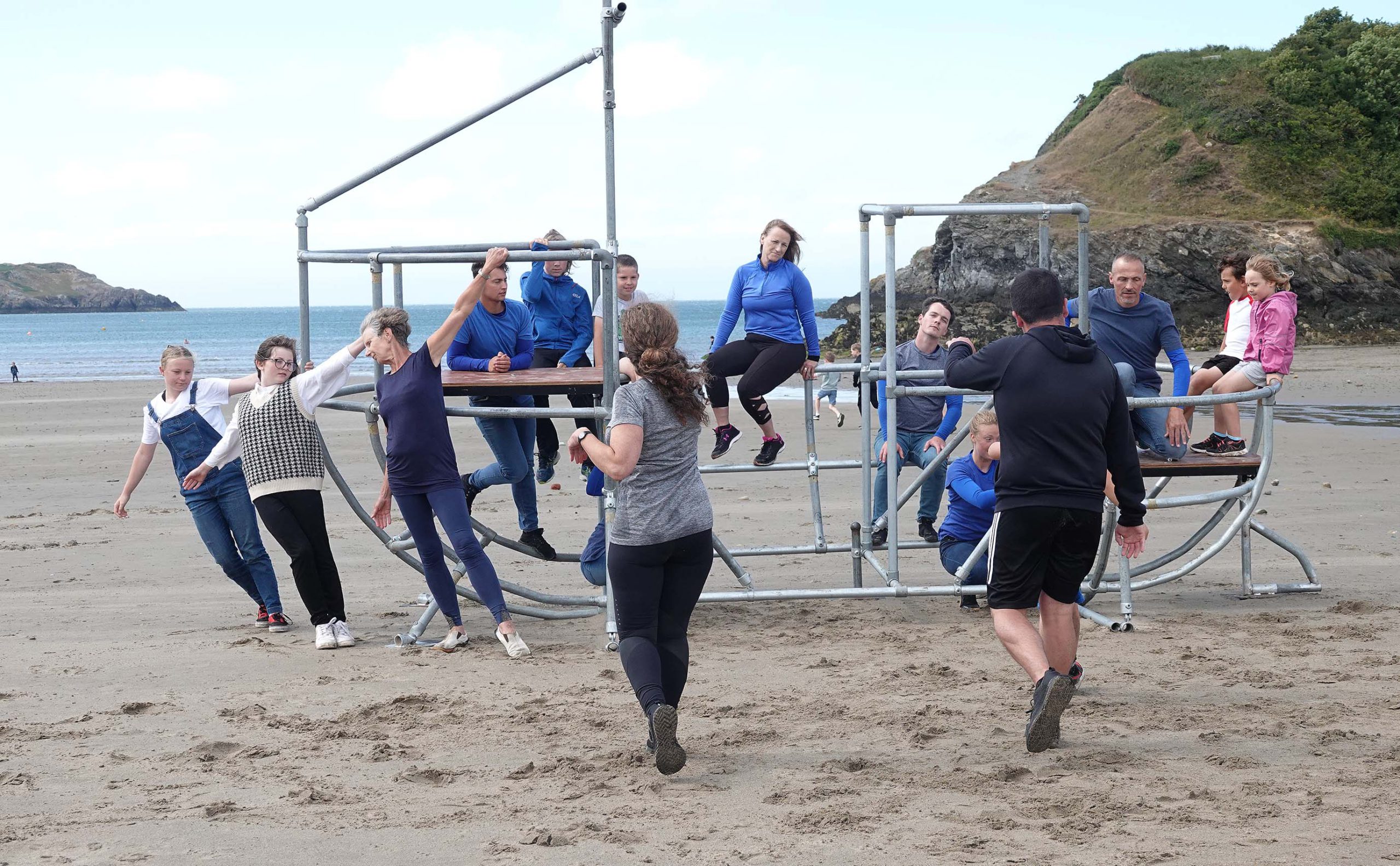
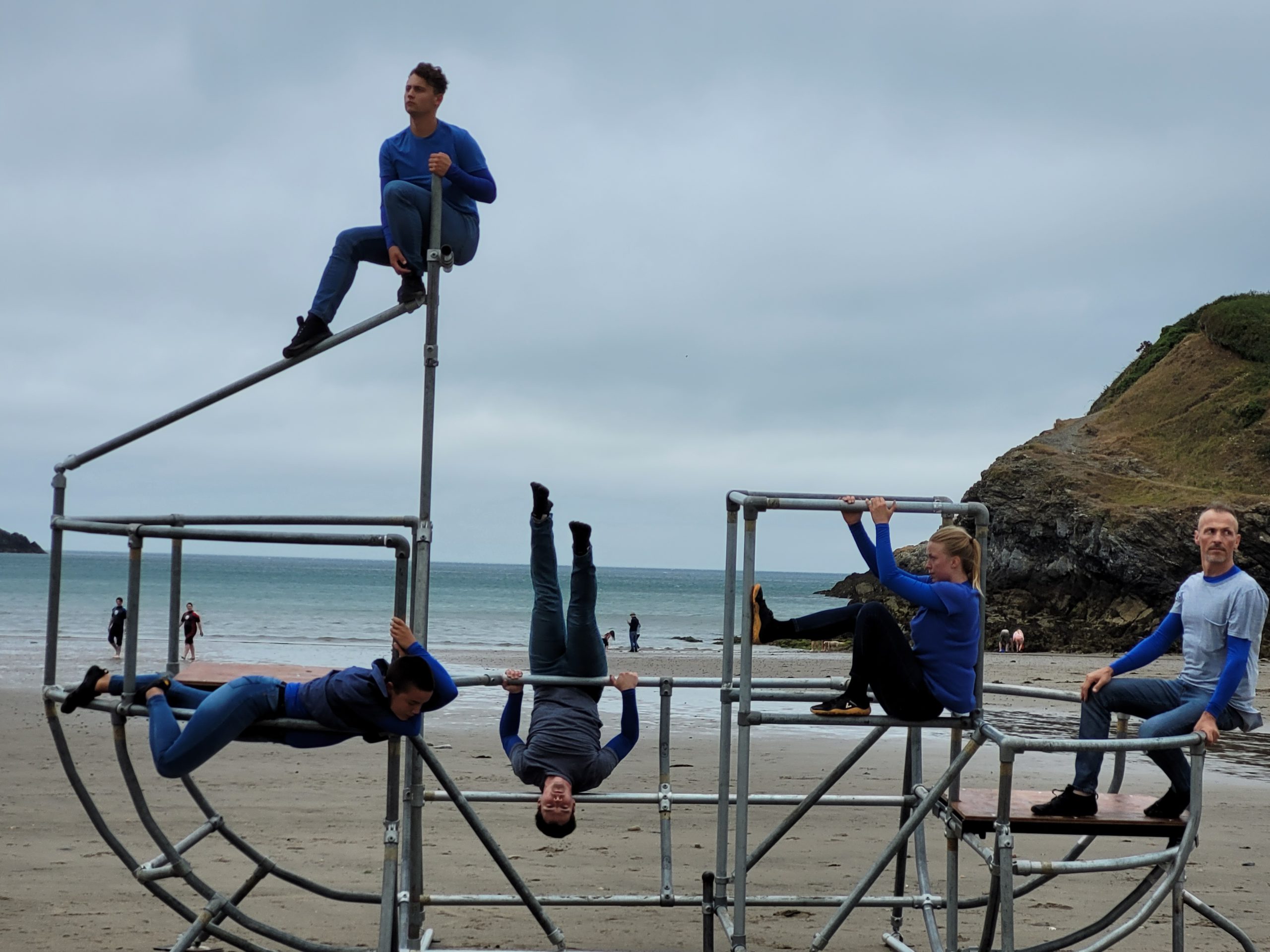
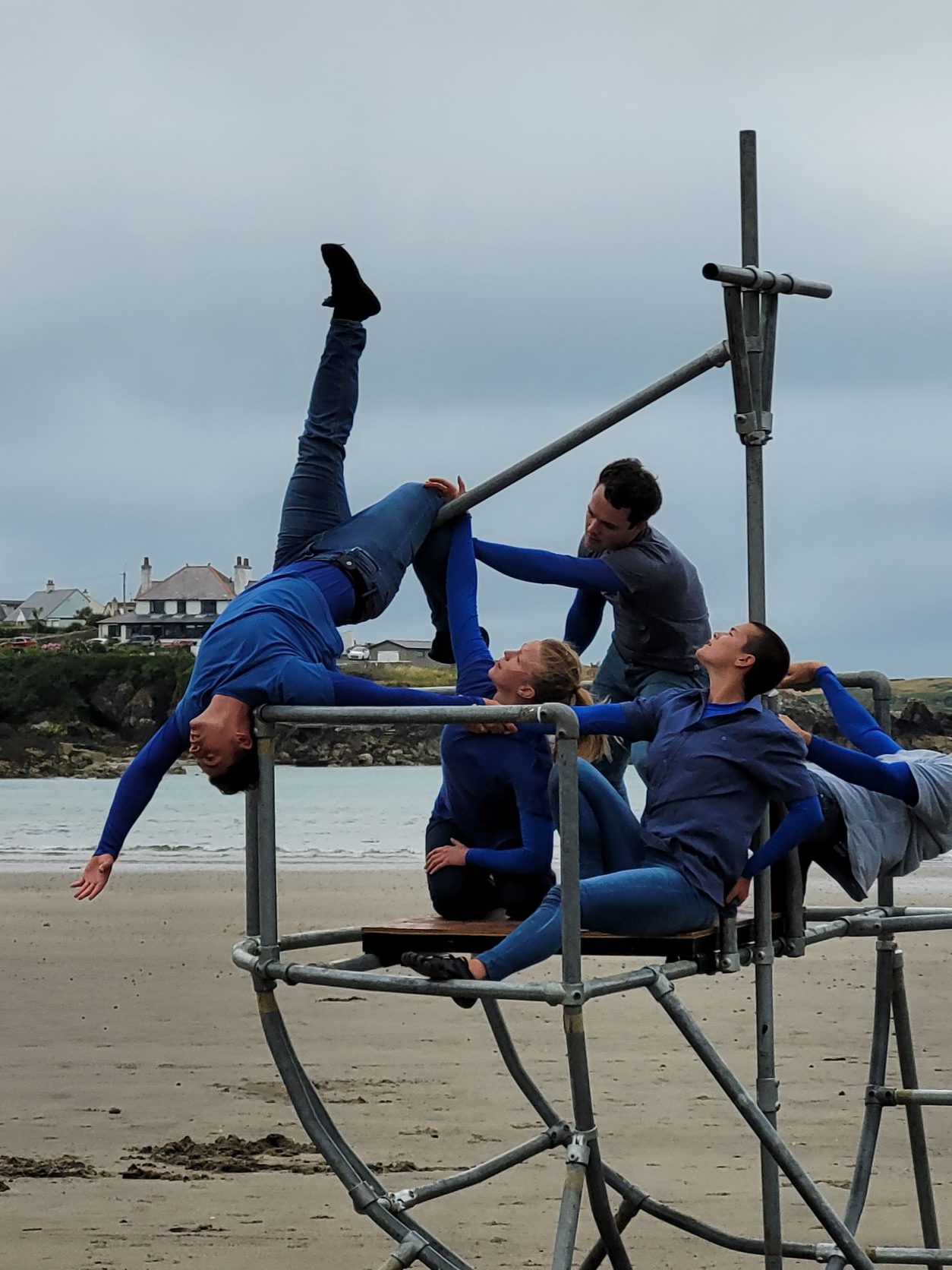
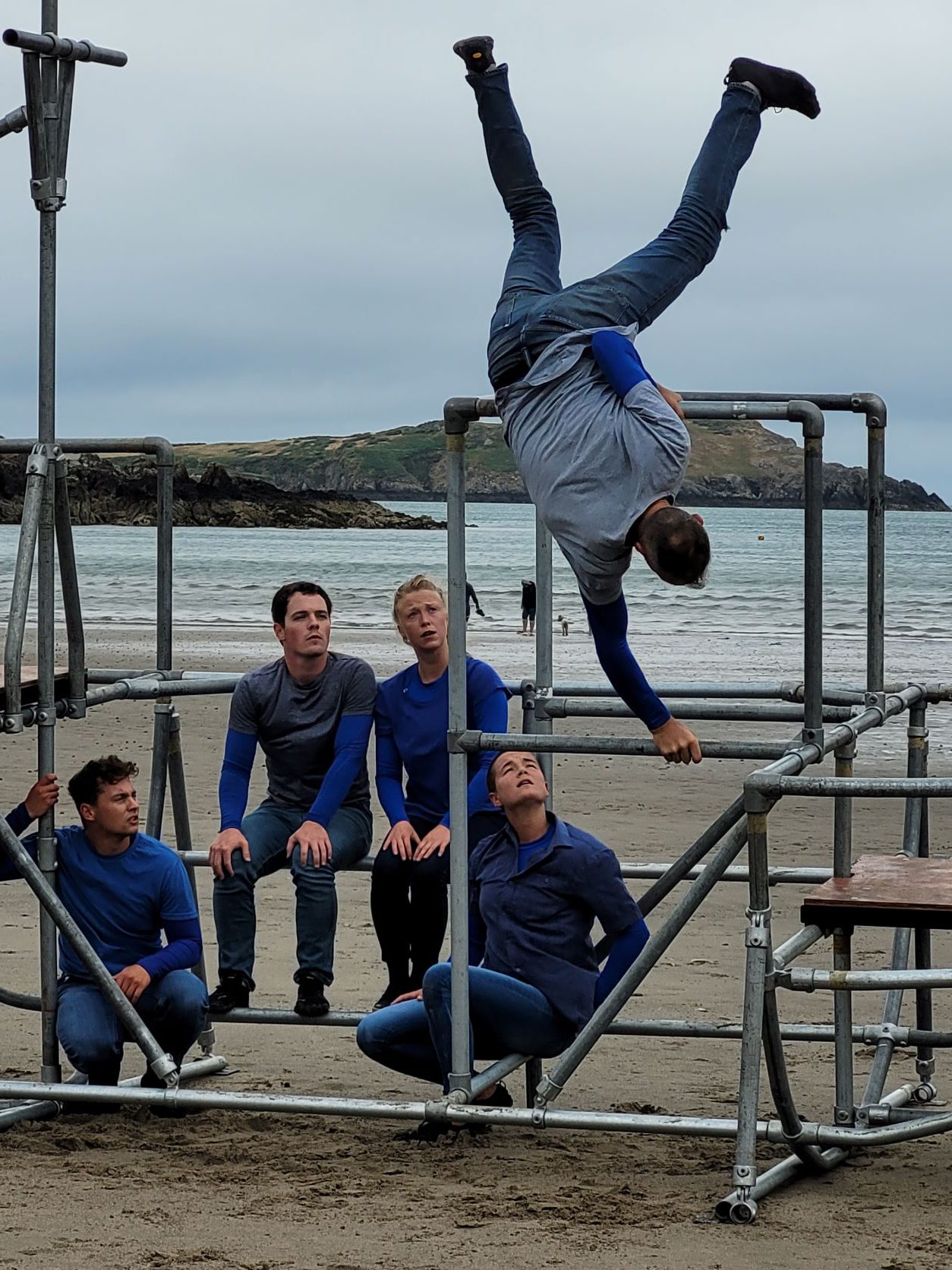
Included a band

The Time and Tide Bell captures imaginations. I had come across the project online, when doing some research for a lecture I gave on Land Art. As an artist myself I had long been interested in art which addressed climate change and living near the coast I had myself already made and exhibited a video work about sea level rise. Marcus and I met accidentally in Devon and then the second time I bumped into him, at Aberdyfi, I was bold enough to ask him whether he would like to bring one of the bells to Anglesey and luckily, he said ‘yes, I always wanted one in Anglesey.’ The idea was born but it took about 3 years before it became a reality.
I then drove Marcus all round North Anglesey looking for the ideal spot and we ended up very close to my home, in Cemaes Bay, sandwiched between a nuclear power station and the site where St Patrick is said to have come ashore in the 5th century bringing Christianity to Britain. Marcus thought this was a very potent spot indeed and had very good vibes. Then we had to convince the locals – what was it all about?
For me the work was all about climate change, a simple, elemental sound sculpture that would bring some poetry to our lives in this sleepy little village. More than that it was about having an artwork here that was more than itself, linking us to a bigger project and to other coastal communities. The idea of bringing people to Cemaes because we were on a different kind of map really caught on and so here we are, St Patrick’s bell installed by the Wylfa nuclear engineers and still ringing.
Helen Grove-White

A close-up of the patina developing from the seas off Anglesey
photo credit Millie Bower

At low tide in Summer

This relatively early photo shows the bell before it had begun to acquire the patina of the sea around Anglesey.
The mounting framework was contributed to the project by apprentices at the nearby Wylfa Nuclear Power Station - now closed.

Poem and translation by Gyndwr Thomas
(more…)Gillian Clarke, 2014 (then National Poet of Wales)
This poem was composed for and read at the dedication of the bell.
(more…)


